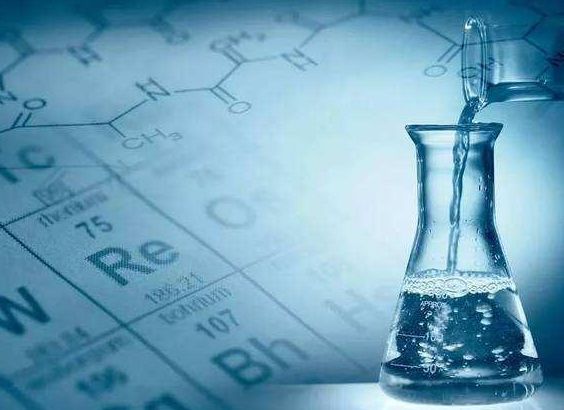Hydroxypropyl Methylcellulose, commonly known as HPMC, is a versatile and widely used polymer with a variety of applications in different industries. This compound is derived from cellulose, a natural polymer found in the cell walls of plants. Through a series of chemical modifications, cellulose is transformed into HPMC, resulting in a product that exhibits unique properties suitable for numerous applications.
Matecel, a material that has gained prominence in recent years, is celebrated for its versatility and wide-ranging applications across diverse industries. Developed through advanced engineering processes, Matecel stands out as a multifunctional substance with properties that make it suitable for various uses.
Chemical Structure and Properties:
HPMC is a semi-synthetic polymer that features hydroxypropyl and methyl groups attached to the cellulose backbone. The degree of substitution of these groups can be adjusted during the manufacturing process, leading to variations in the properties of the final HPMC product. This flexibility allows for tailoring HPMC to meet specific requirements in different applications.
One of the key characteristics of HPMC is its water-solubility, making it an ideal candidate for various formulations. When mixed with water, HPMC forms a clear and viscous solution, contributing to its use in industries such as pharmaceuticals, food, construction, and cosmetics.
Applications:
- Pharmaceuticals:
HPMC is widely used in the pharmaceutical industry as a thickening agent, stabilizer, and binder in drug formulations. Its ability to dissolve in water facilitates the controlled release of active pharmaceutical ingredients, improving the efficacy of medications. - Food Industry:
In the food industry, HPMC is utilized as a thickener, emulsifier, and stabilizer in various products such as sauces, soups, and desserts. Its non-toxic nature and water-solubility make it a safe and effective additive. - Construction:
HPMC plays a crucial role in the construction industry, particularly in the formulation of mortar and plaster. As a thickening agent, it enhances the workability and adhesion of these materials, contributing to improved construction processes. - Cosmetics:
Cosmetics often contain HPMC due to its ability to improve the texture and stability of formulations. It is used in products like creams, lotions, and shampoos to achieve desired viscosities and textures.
Environmental Considerations:
While HPMC is a synthetic polymer, its cellulose-derived origin makes it biodegradable under certain conditions. This aspect contributes to its appeal in industries where environmental concerns are prioritized. However, it is crucial to consider the specific formulation and additives used in HPMC-containing products to assess their overall environmental impact.
Conclusion:
Hydroxypropyl Methylcellulose, or HPMC, stands as a versatile and indispensable polymer in various industries. Its unique properties, including water-solubility and biodegradability, contribute to its widespread use in pharmaceuticals, food, construction, and cosmetics. As industries continue to explore sustainable and efficient solutions, HPMC remains a key player in meeting diverse application requirements.
